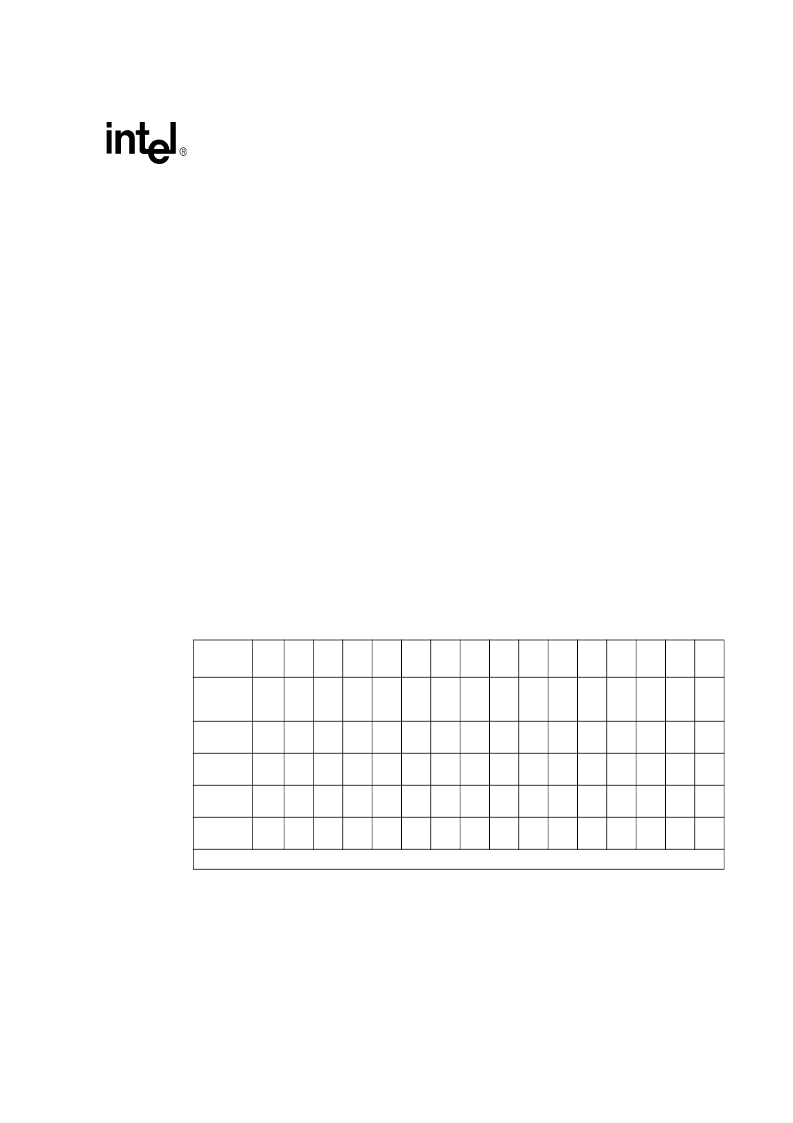- 您現(xiàn)在的位置:買賣IC網(wǎng) > PDF目錄376722 > DJIXELAD0SE001 (Intel Corp.) Advanced 8-Port 10/100 Mbps PHY Transceivers PDF資料下載
參數(shù)資料
| 型號: | DJIXELAD0SE001 |
| 廠商: | Intel Corp. |
| 英文描述: | Advanced 8-Port 10/100 Mbps PHY Transceivers |
| 中文描述: | 先進的8端口10/100 Mbps的物理層收發(fā)器 |
| 文件頁數(shù): | 153/226頁 |
| 文件大小: | 1575K |
| 代理商: | DJIXELAD0SE001 |
第1頁第2頁第3頁第4頁第5頁第6頁第7頁第8頁第9頁第10頁第11頁第12頁第13頁第14頁第15頁第16頁第17頁第18頁第19頁第20頁第21頁第22頁第23頁第24頁第25頁第26頁第27頁第28頁第29頁第30頁第31頁第32頁第33頁第34頁第35頁第36頁第37頁第38頁第39頁第40頁第41頁第42頁第43頁第44頁第45頁第46頁第47頁第48頁第49頁第50頁第51頁第52頁第53頁第54頁第55頁第56頁第57頁第58頁第59頁第60頁第61頁第62頁第63頁第64頁第65頁第66頁第67頁第68頁第69頁第70頁第71頁第72頁第73頁第74頁第75頁第76頁第77頁第78頁第79頁第80頁第81頁第82頁第83頁第84頁第85頁第86頁第87頁第88頁第89頁第90頁第91頁第92頁第93頁第94頁第95頁第96頁第97頁第98頁第99頁第100頁第101頁第102頁第103頁第104頁第105頁第106頁第107頁第108頁第109頁第110頁第111頁第112頁第113頁第114頁第115頁第116頁第117頁第118頁第119頁第120頁第121頁第122頁第123頁第124頁第125頁第126頁第127頁第128頁第129頁第130頁第131頁第132頁第133頁第134頁第135頁第136頁第137頁第138頁第139頁第140頁第141頁第142頁第143頁第144頁第145頁第146頁第147頁第148頁第149頁第150頁第151頁第152頁當前第153頁第154頁第155頁第156頁第157頁第158頁第159頁第160頁第161頁第162頁第163頁第164頁第165頁第166頁第167頁第168頁第169頁第170頁第171頁第172頁第173頁第174頁第175頁第176頁第177頁第178頁第179頁第180頁第181頁第182頁第183頁第184頁第185頁第186頁第187頁第188頁第189頁第190頁第191頁第192頁第193頁第194頁第195頁第196頁第197頁第198頁第199頁第200頁第201頁第202頁第203頁第204頁第205頁第206頁第207頁第208頁第209頁第210頁第211頁第212頁第213頁第214頁第215頁第216頁第217頁第218頁第219頁第220頁第221頁第222頁第223頁第224頁第225頁第226頁

LXT9785 and LXT9785E Advanced 8-Port 10/100 Mbps PHY Transceivers
Datasheet
Document Number: 249241
Revision Number: 007
Revision Date: August 28, 2003
155
associated with message code #5 (Organizationally Unique Identifier (OUI) Tag Code). The
definition for the next pages to be sent out for this message code include some user-defined code
values. These values are loaded with randomly created data from an internal LSFR that is free
running and seeded with the PHY address of the LXT9785E port. The Next Pages are hard coded
in the logic (the LXT9785E ignores any data written into Register 7) and are outlined in
Table 47
.
The receiver monitors the next pages to determine that the exact next page data (especially the
random data) transmitted is received. As soon as the first non-matching next page is detected, the
DTE Discovery process is stopped and the base page is used to determine the capability options.
The Power-Enable Register bit 27.4 is set when a Remote-Power DTE is detected as the link
partner, and the last next page is repeatedly transmitted until software restarts the required
negotiation process (auto-negotiation or forced-speed mode).
The software should be written so that the negotiation is not restarted until the DTE has been
powered up over the Category 5 cable. The Power-Enable Register bit 27.4 is cleared upon
restarting or disabling auto-negotiation (selecting forced mode). The system must be able to detect
over-current conditions and be capable of disabling power in case the link partner is not a Remote-
Power DTE. Some examples of devices that would mistakenly set Power-Enable Register bit 27.4
are a token-ring balun and a loopback cable. Once link partner power has been stabilized and
sufficient time has passed for the link partner to initialize, the auto-negotiation process may be
restarted.
The negotiation process establishes link if a compatible mode exists between the LXT9785E and
the link partner. If a compatible mode does not exist (not compatible or not established within the
Link Fail Inhibit Timer period), the LXT9785E either restarts auto-negotiation/DTE discovery
(discovery is enabled (27.6=1) and auto-negotiation is enabled (0.12 = 1)), or normal negotiation
(discovery is disabled (27.6=0) and auto-negotiation is enabled (0.12 = 1)), or either 10 Mbps or
100 Mbps forced-mode operation (auto-negotiation is disabled (0.12 = 0)). The software must
detect this non-link state and disable power.
4.11.5
DTE Discovery Behavior
The device behavior checks the comparison bit after each next page is successfully auto-
negotiated. If the first next page or any subsequent next page does not match, the DTE Discovery
process transmits one last null page with the next page bit cleared to stop the DTE Discovery
Table 47. Next Page Message #5 Code Word Definitions
Next Page
Encoding
D15
D14
D13
D12
D11
D10
D9
D8
D7
D6
D5
D4
D3
D2
D1
D0
OUI
Tagged
Message
1
a
1
0
t
0
0
0
0
0
0
0
0
1
0
1
User Page
1
1
a
0
0
t
3.10 3.11 3.12 3.13 3.14 3.15
2.0
2.1
2.2
2.3
2.4
User Page
2
1
a
0
0
t
2.5
2.6
2.7
2.8
2.9
2.10 2.11 2.12 2.13 2.14 2.15
User Page
3
1
a
0
0
t
0
0
L.8
L.7
L.6
L.5
L.4
L.3
L.2
L.1
L.0
User Page
4
1
a
0
0
t
L.10
L.9
L.8
L.7
L.6
L.5
L.4
L.3
L.2
L.1
L.0
1. a is the acknowledge bit; t is the toggle bit; L is the LFSR
相關(guān)PDF資料 |
PDF描述 |
|---|---|
| DJIXELCD0QE001 | Advanced 8-Port 10/100 Mbps PHY Transceivers |
| DJIXELCD0SE000 | Advanced 8-Port 10/100 Mbps PHY Transceivers |
| DJIXELCD0SE001 | Advanced 8-Port 10/100 Mbps PHY Transceivers |
| DJIXELED0QE000 | Advanced 8-Port 10/100 Mbps PHY Transceivers |
| DJIXELED0QE001 | Advanced 8-Port 10/100 Mbps PHY Transceivers |
相關(guān)代理商/技術(shù)參數(shù) |
參數(shù)描述 |
|---|---|
| DJIXELCD0QE000 | 制造商:INTEL 制造商全稱:Intel Corporation 功能描述:Advanced 8-Port 10/100 Mbps PHY Transceivers |
| DJIXELCD0QE001 | 制造商:INTEL 制造商全稱:Intel Corporation 功能描述:Advanced 8-Port 10/100 Mbps PHY Transceivers |
| DJIXELCD0SE000 | 制造商:INTEL 制造商全稱:Intel Corporation 功能描述:Advanced 8-Port 10/100 Mbps PHY Transceivers |
| DJIXELCD0SE001 | 制造商:INTEL 制造商全稱:Intel Corporation 功能描述:Advanced 8-Port 10/100 Mbps PHY Transceivers |
| DJIXELED0QE000 | 制造商:INTEL 制造商全稱:Intel Corporation 功能描述:Advanced 8-Port 10/100 Mbps PHY Transceivers |
發(fā)布緊急采購,3分鐘左右您將得到回復(fù)。